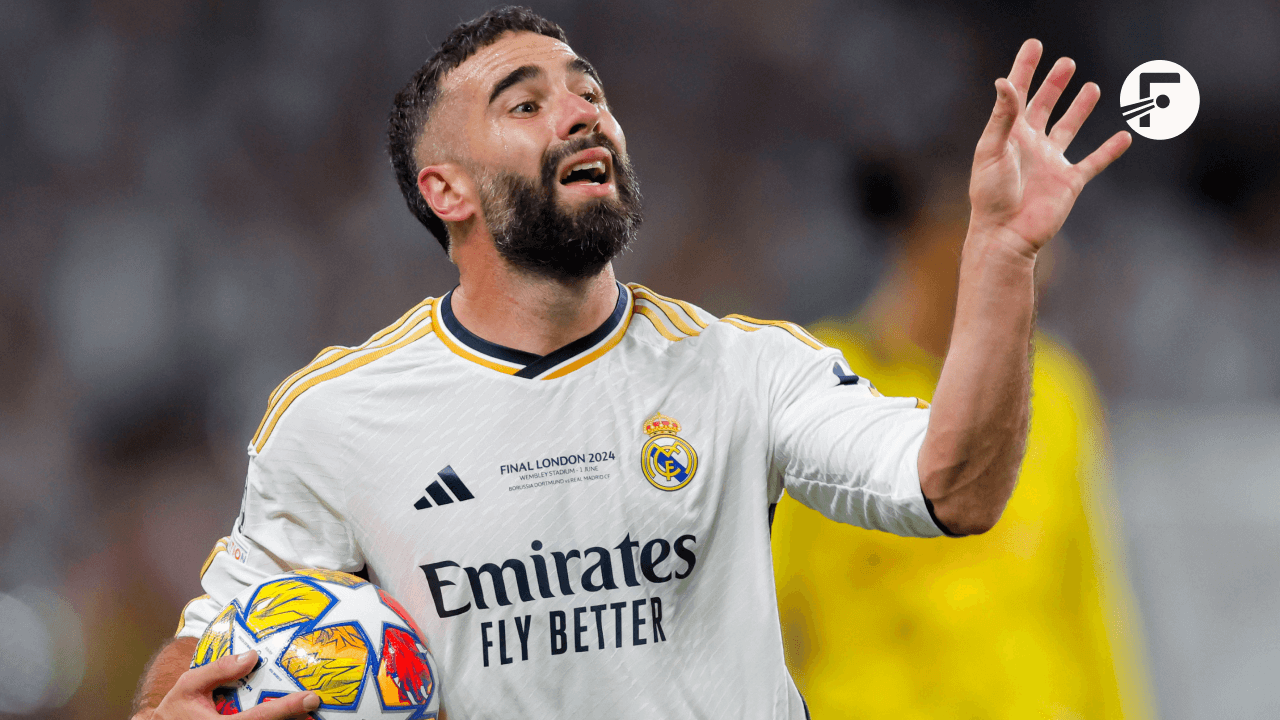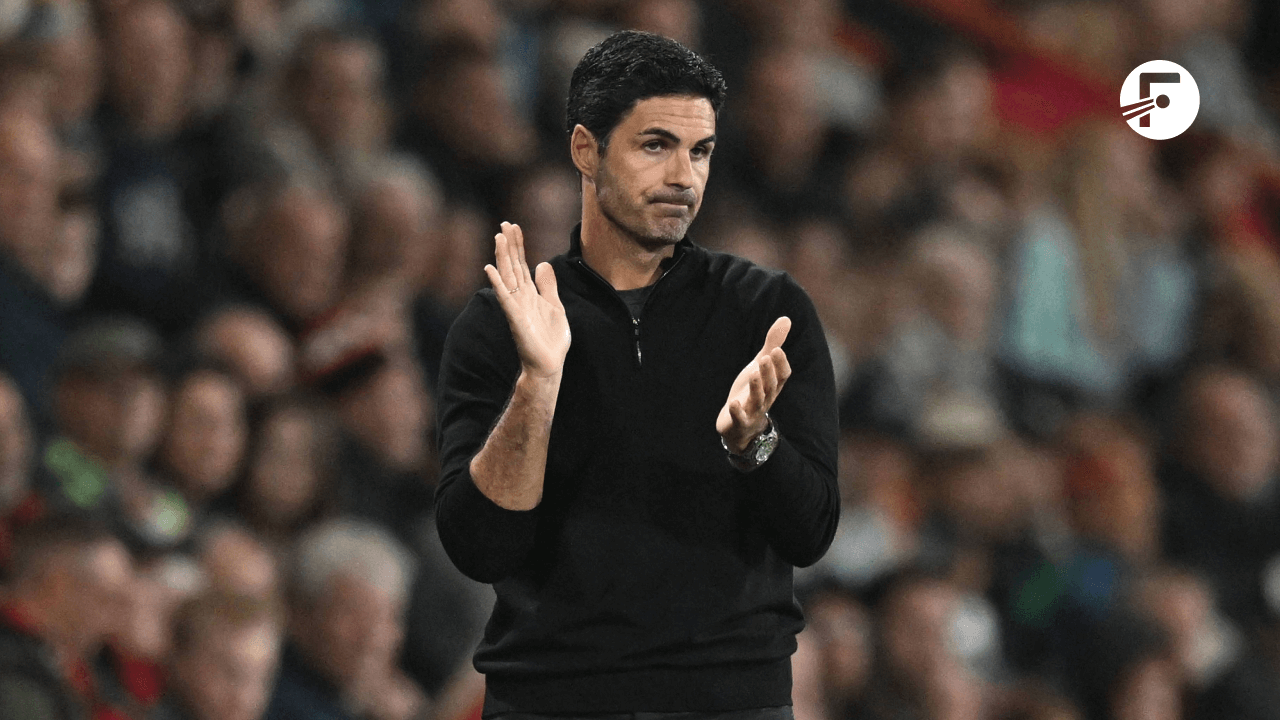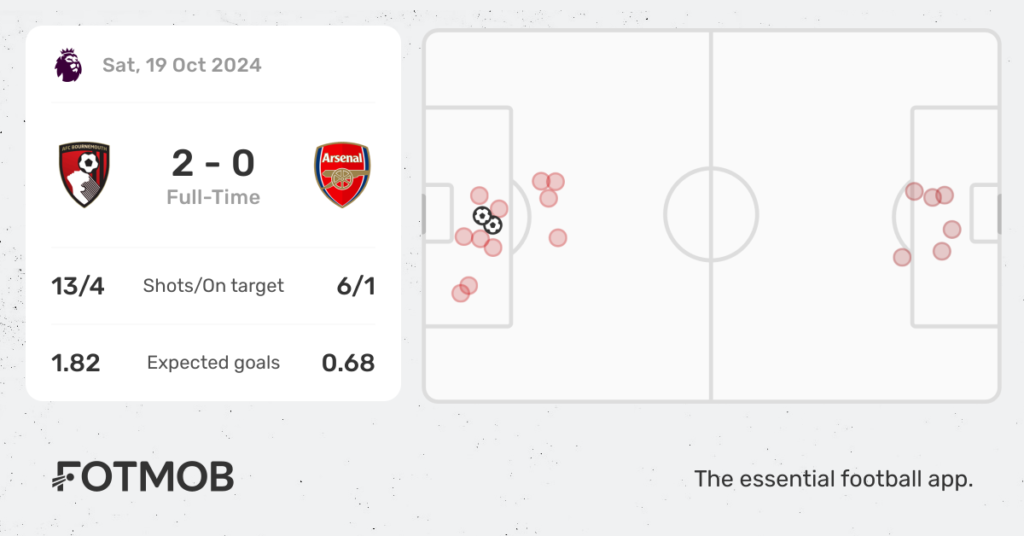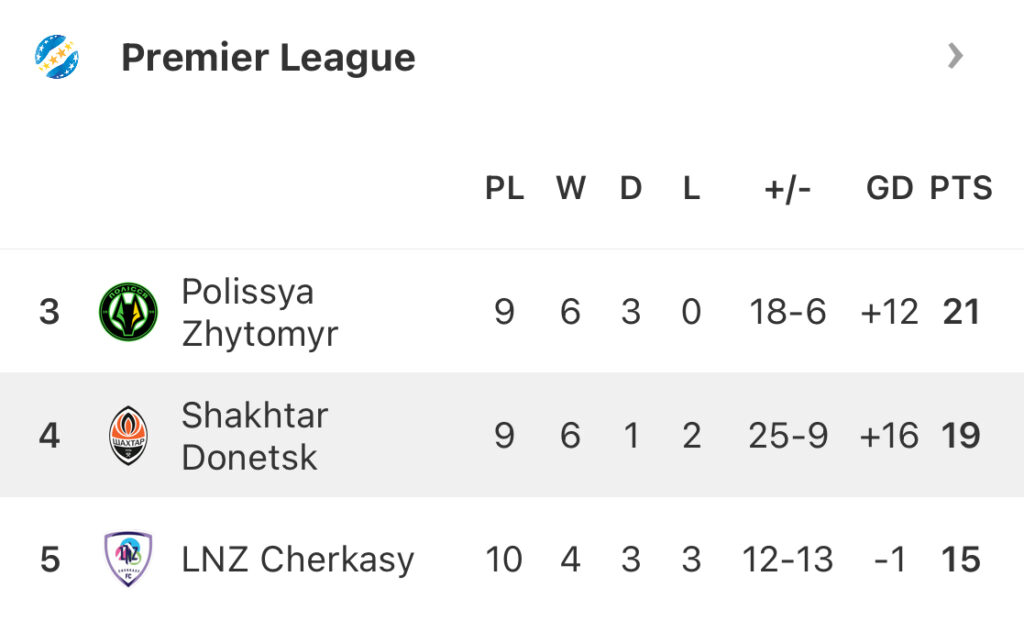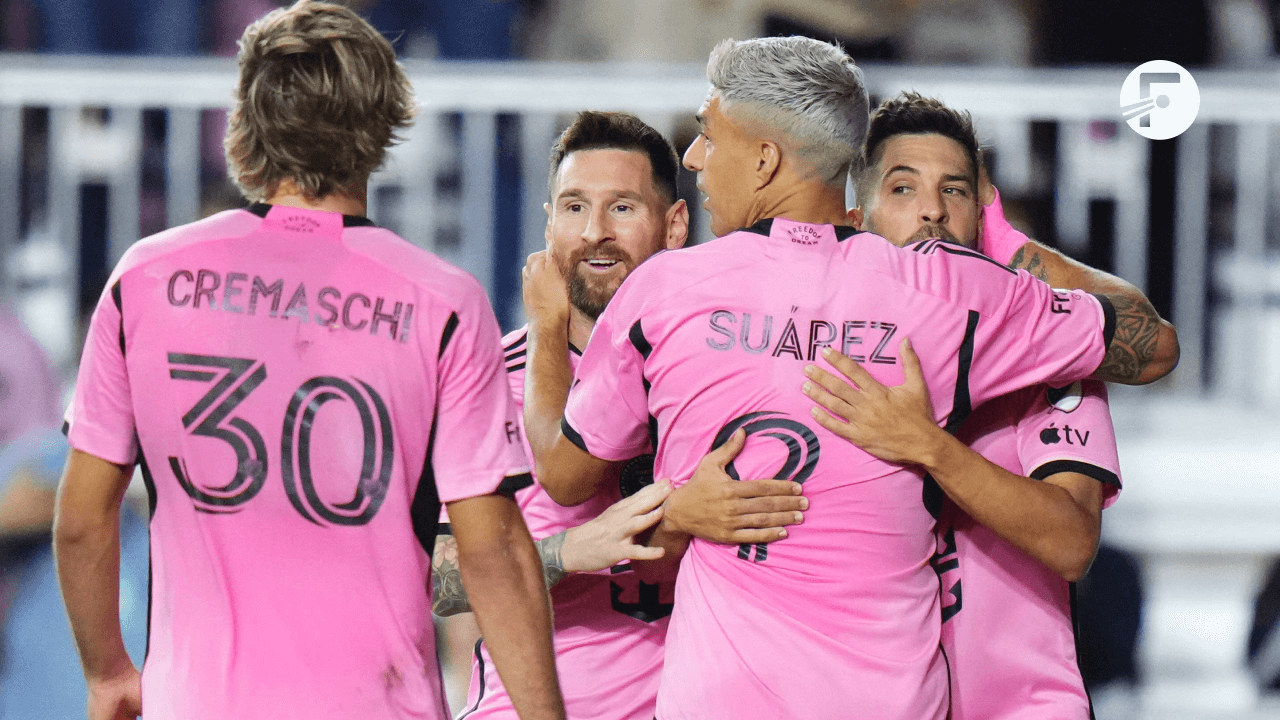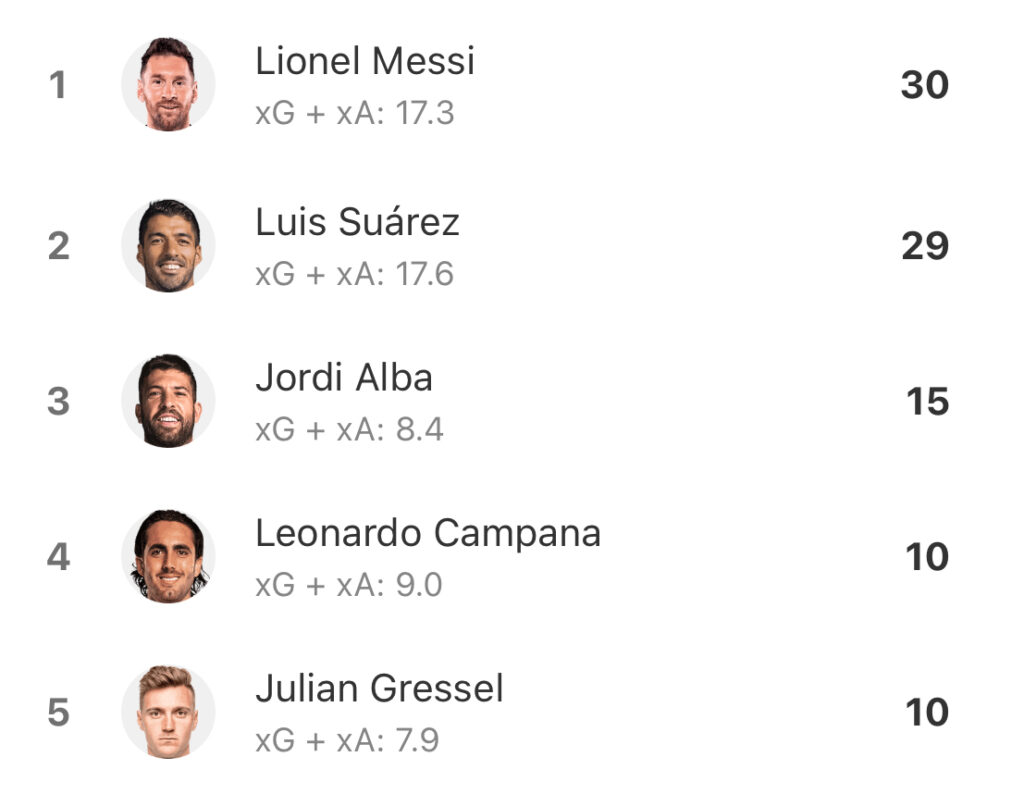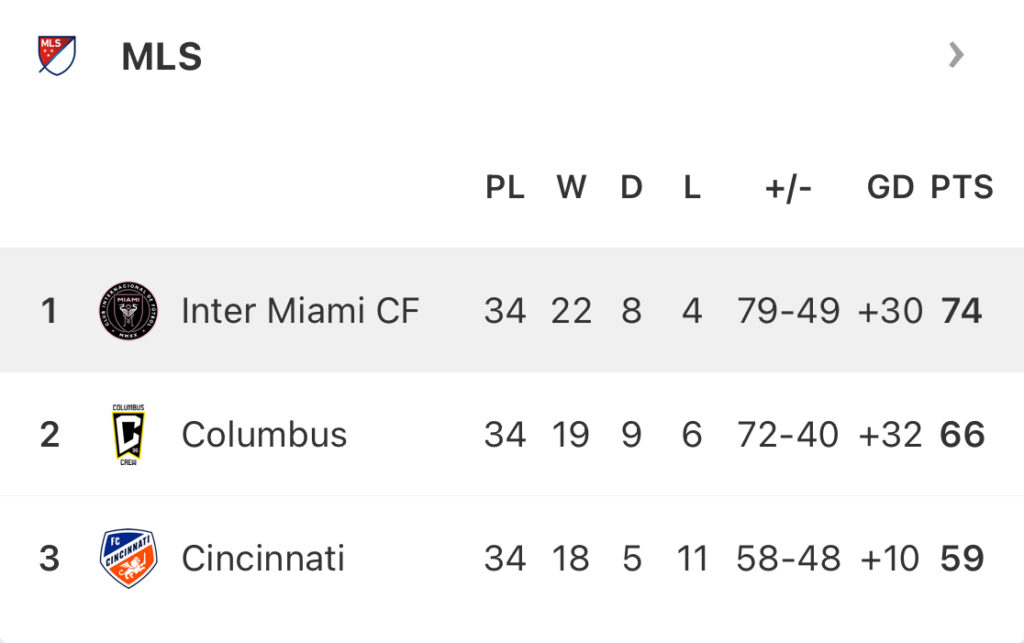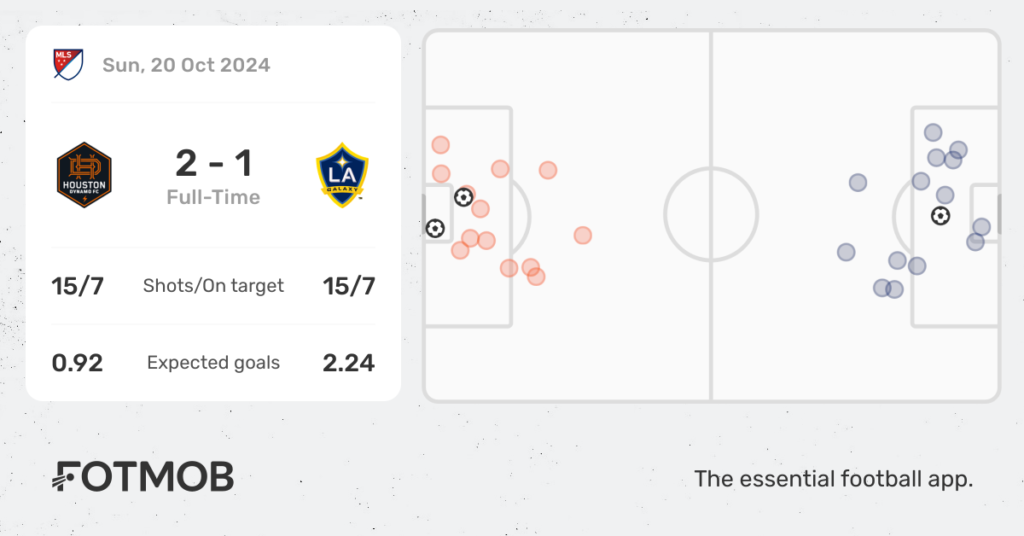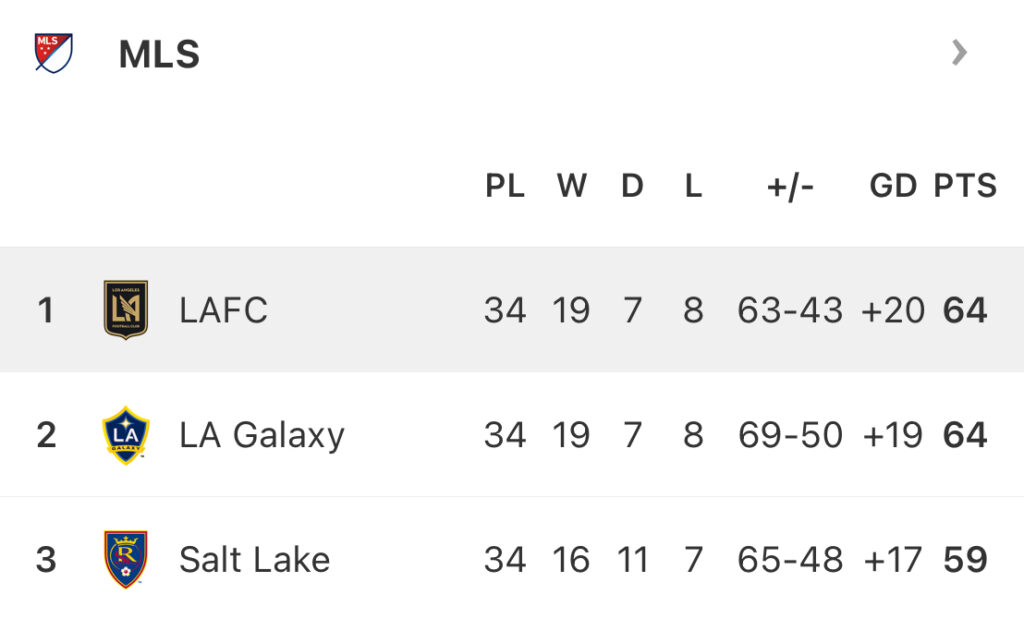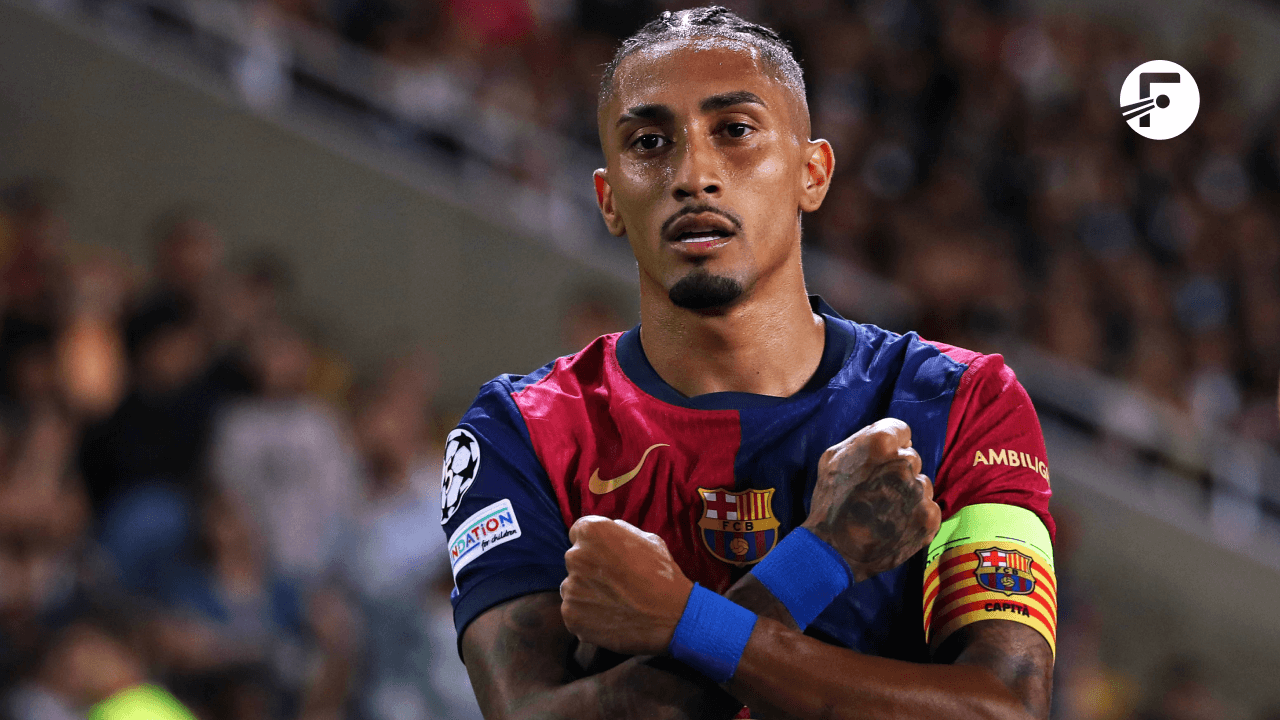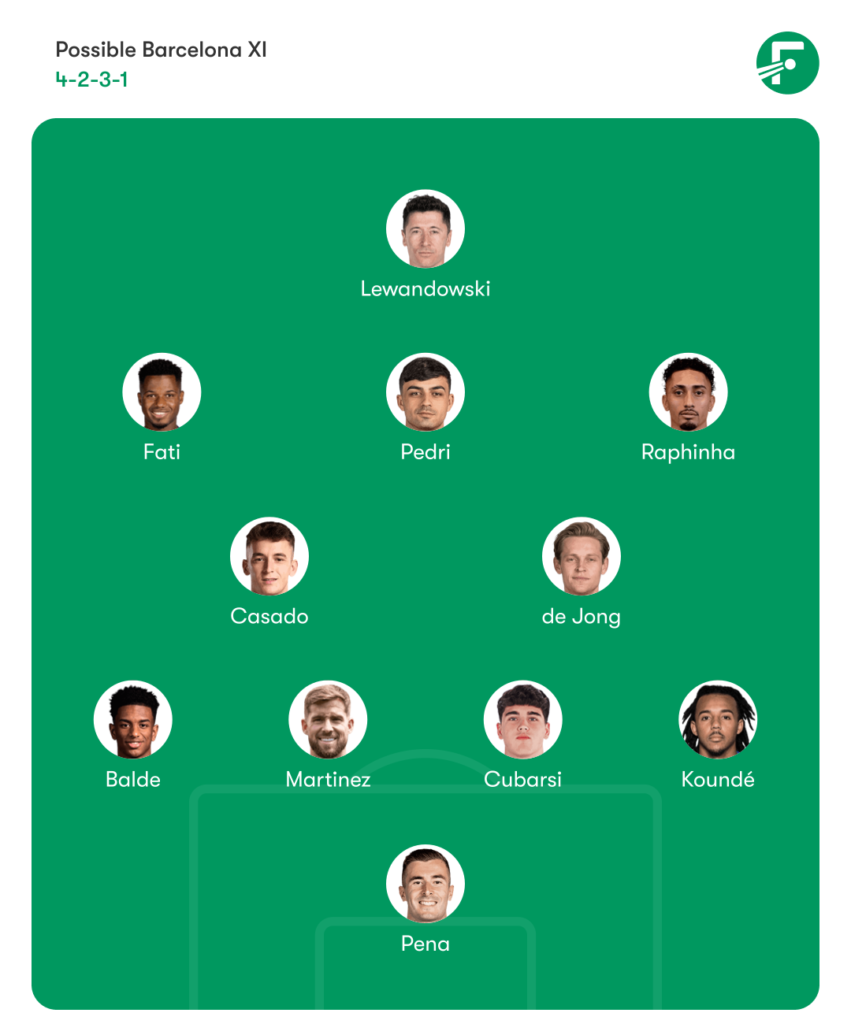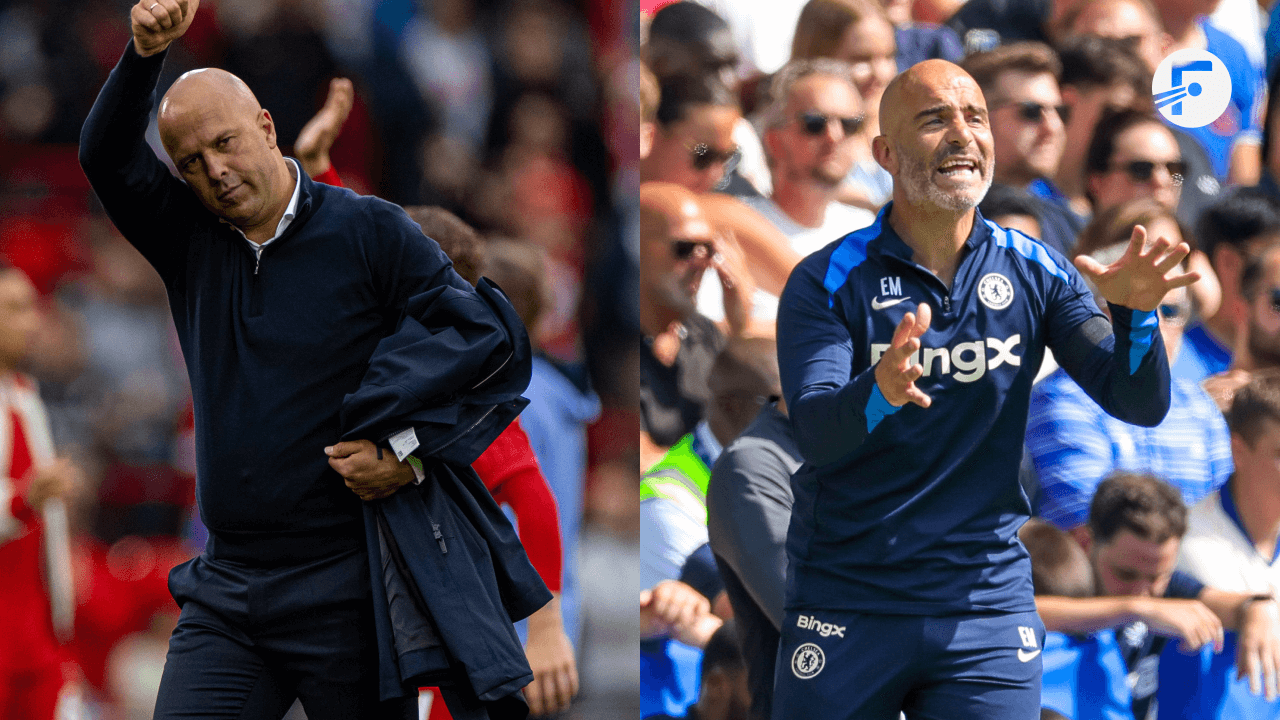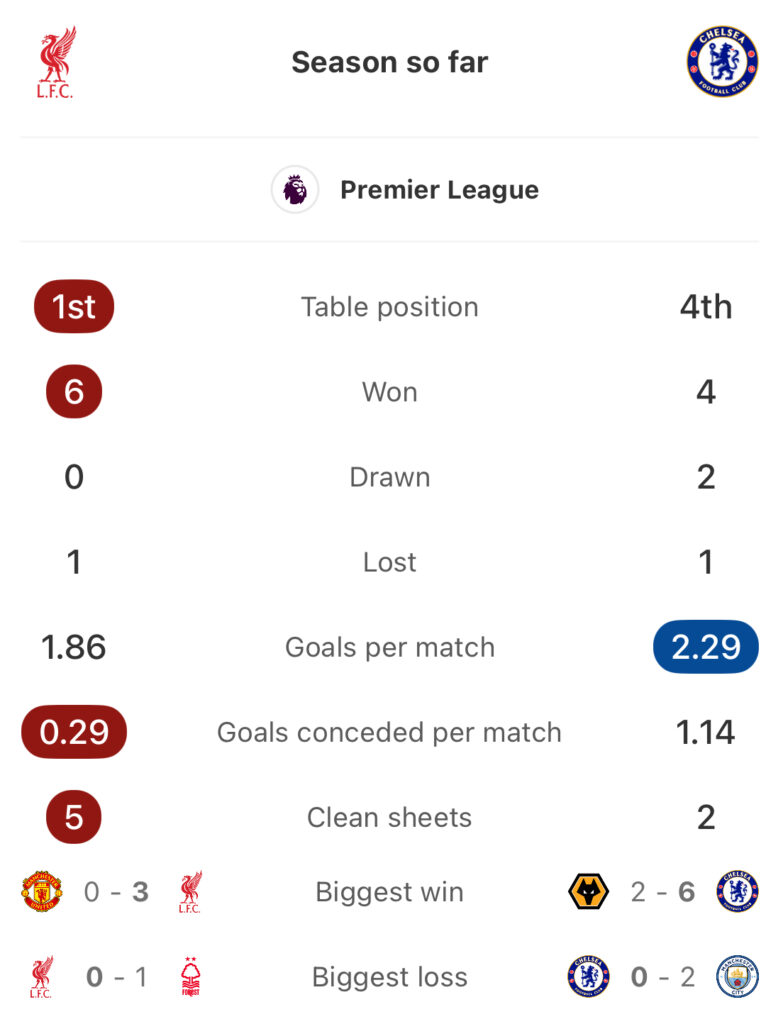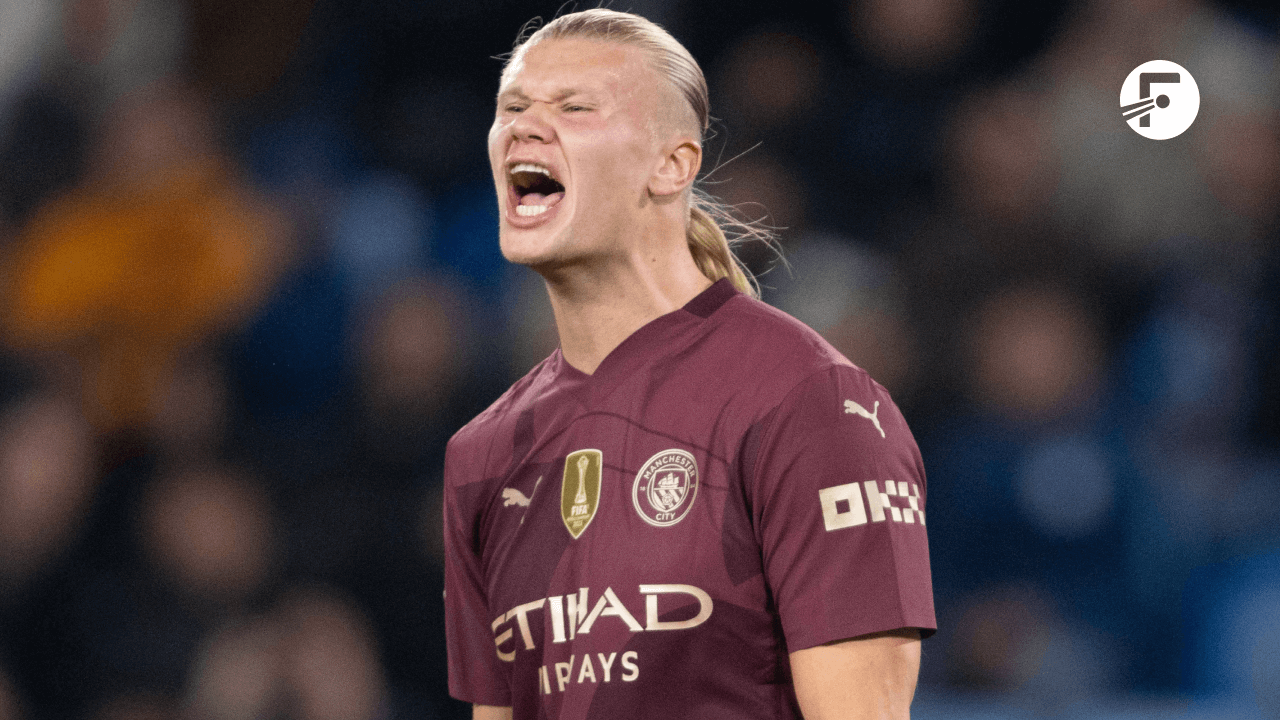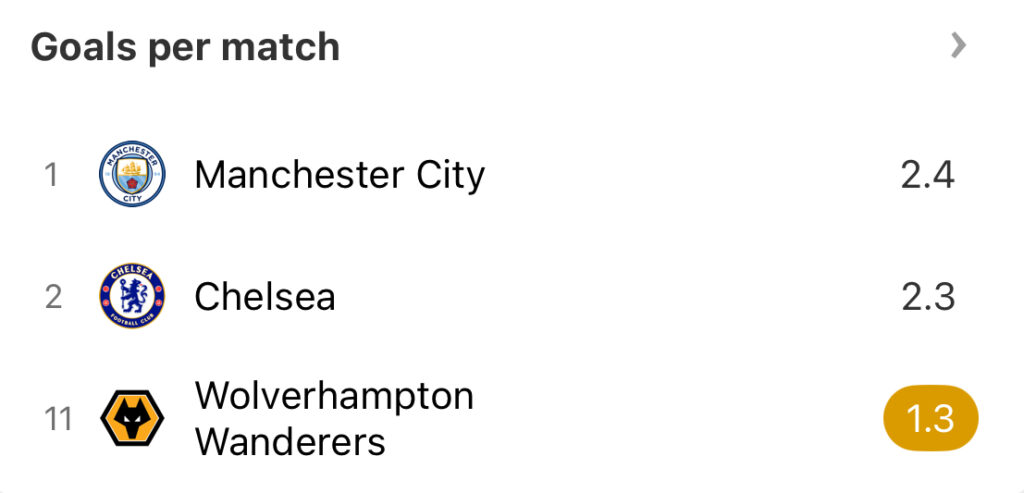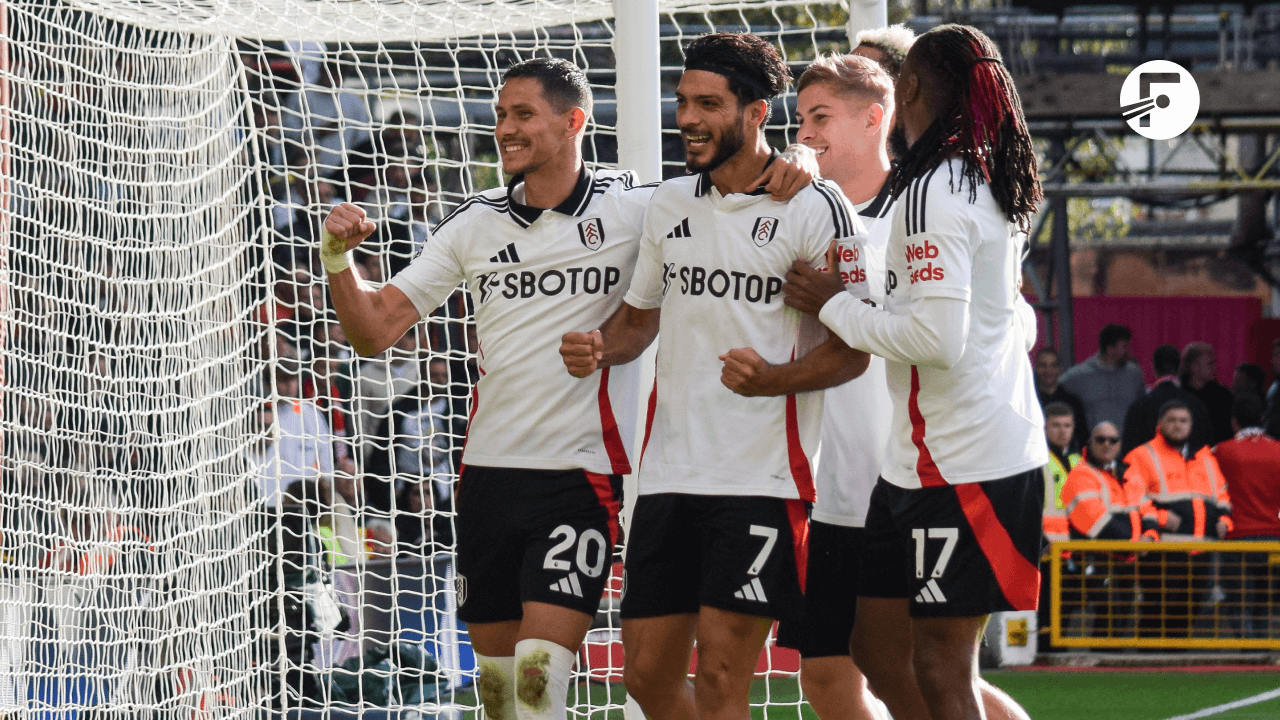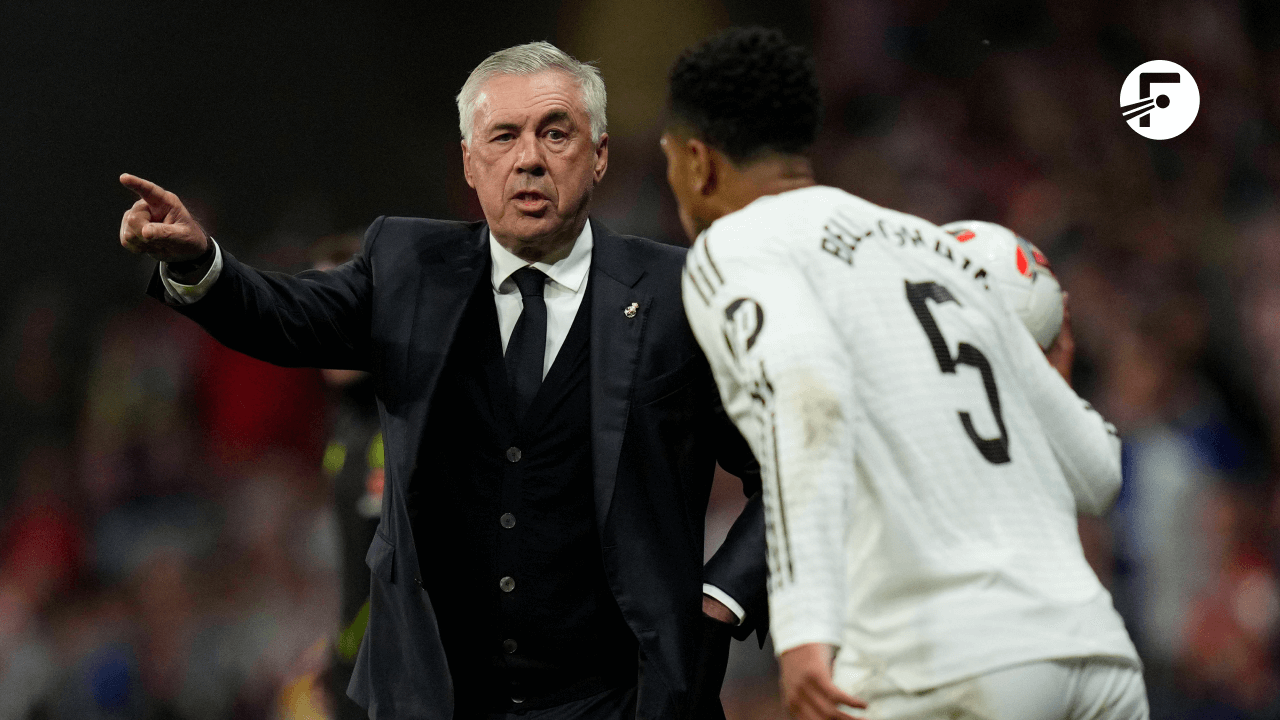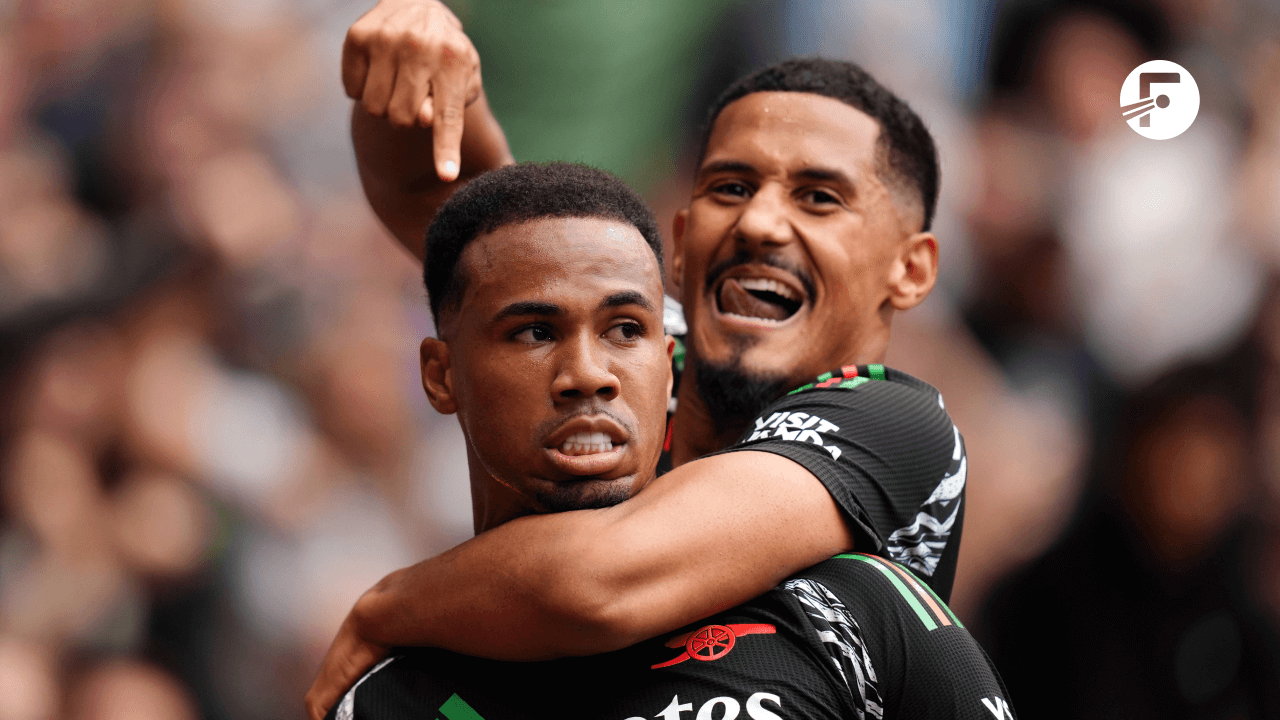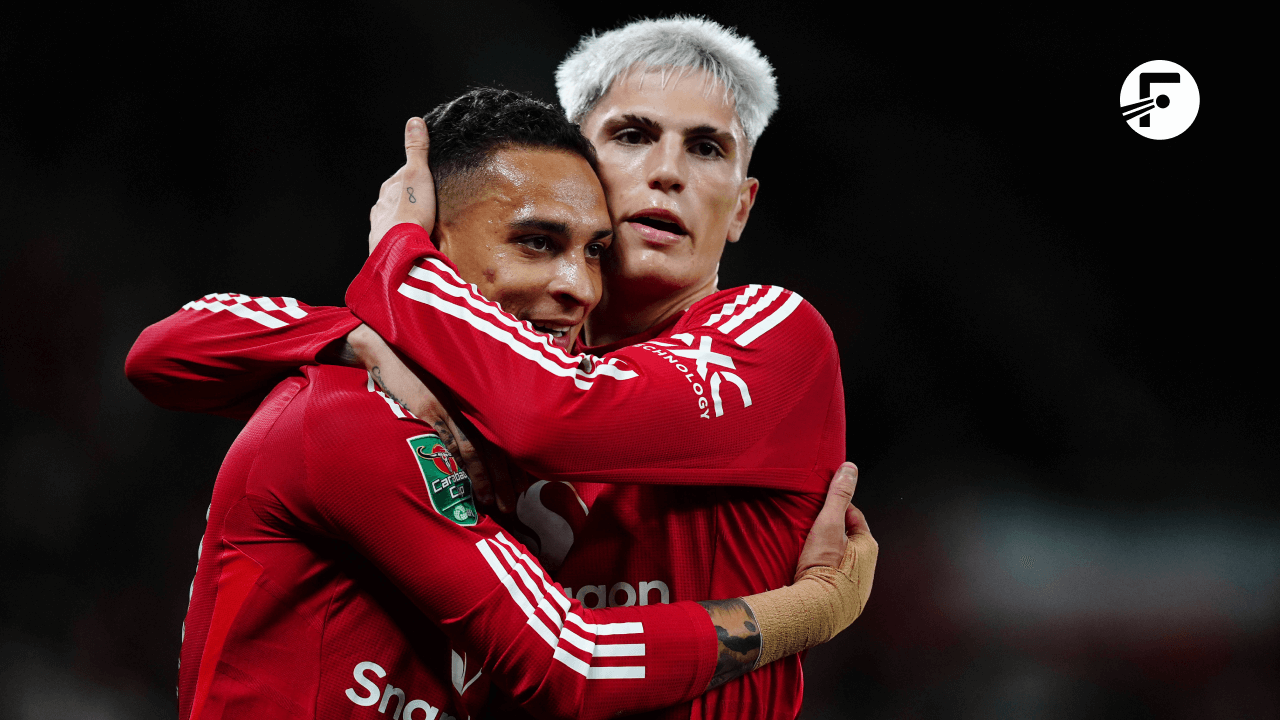The nature of the new group stage in this year’s Champions League means that this likely won’t stay the same for long, but Real Madrid will take to the pitch for their third match of the series against Borussia Dortmund in an unfamiliarly low position in the table.
By Ian King
Few were anticipating defeat in their second group match in Lille, but having comfortably beaten Stuttgart in their first match they came unstuck in the north-west tip of France, losing to a penalty converted by Jonathan David in first half stoppage-time.
It was their first defeat of the season in any competition and it left them in 17th place in the Champions league table, but there hasn’t been a slump since, with two wins in LaLiga – against Villareal and Celta Vigo – keeping them on the coat-tails of Barcelona’s explosive start to the season.
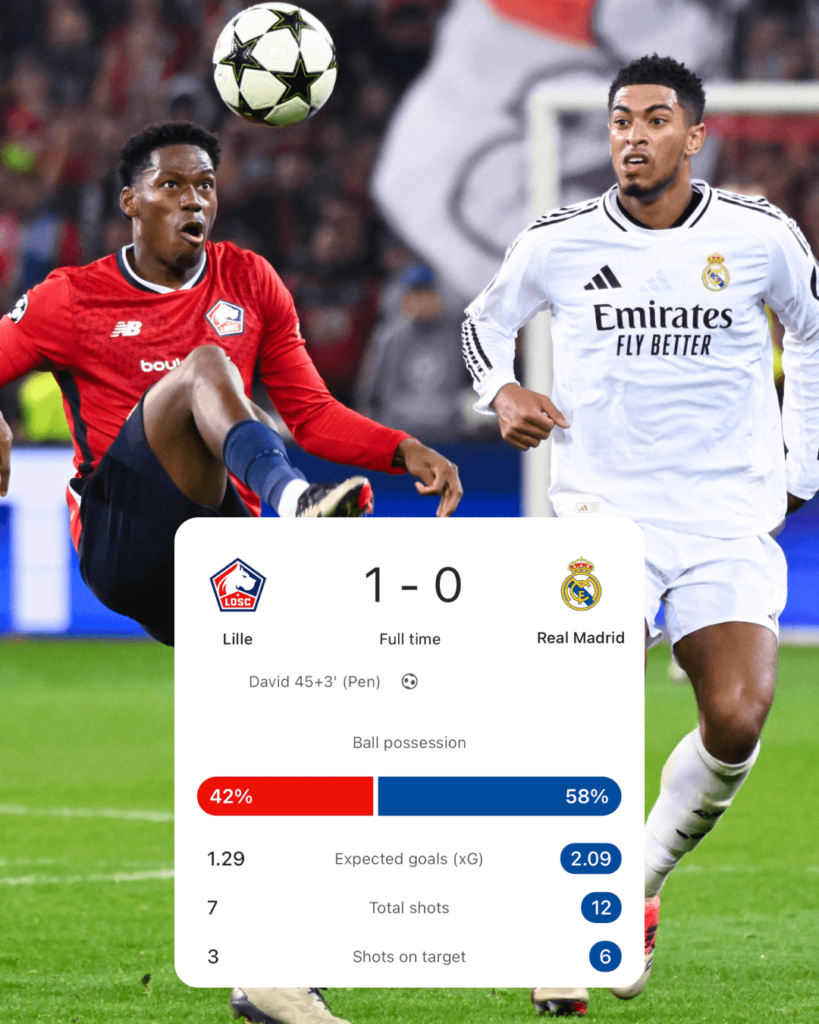
Kylian Mbappé returned from injury at the end of last month and is expected to start. Dani Carvajal, David Alaba and Brahim Díaz will all be absent. Mid-table is not where they’ll have expected to be after two games, though the six remaining games offer plenty of opportunity to set that straight.
Of course, Real beat Dortmund 2-0 in last year’s final and there is a case for saying that their opponents haven’t quite recovered from that yet. They’re currently 7th in the Bundesliga having already been beaten 5-1 by Stuttgart and 2-1 by Union Berlin.
They arrive in Madrid off the back of a nervy 2-1 against St-Pauli with injury worries. Karim Adeyemi scored a hat-trick in their last Champions League match against Celtic, but he suffered a severe hamstring injury at the start of the second half and won’t be back until the end of next month.

Other injuries Julien Duranville, Giovanni Reyna and Yan Couto, while Pascal Gross and Niklas Süle are both doubtful. Gross was replaced at half-time in the St-Pauli game, and it is not clear whether he will be fit to play. Süle missed the game ill and will be travelling, though it’s also doubtful he’ll be in a condition to play.
With such players missing and form patchy, there’s little to indicate that Dortmund will pose more of a threat to Real than they did on the 1st June, but a lot of people wrote off Lille’s chances against them too. This is their chance to get back on track and maintain their lofty top spot in the Champions League.
(Cover image from IMAGO)
You can follow every game from the Champions League with FotMob this season — featuring deep stats coverage, xG, and player ratings. Download the free app here.
